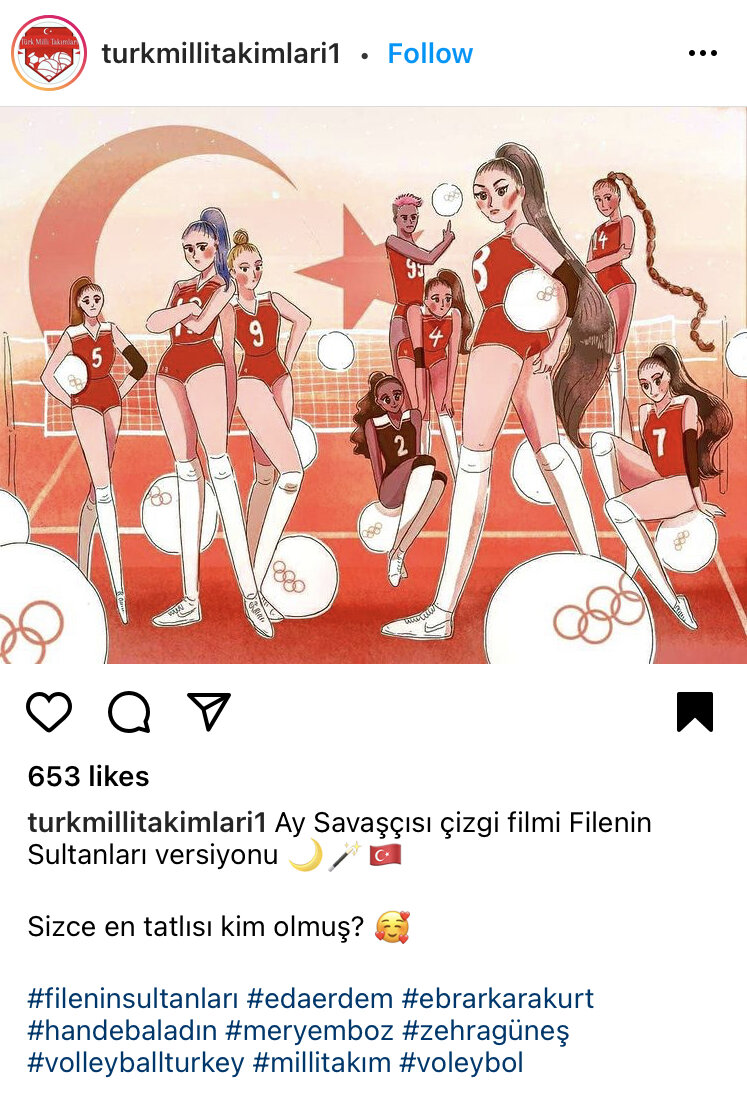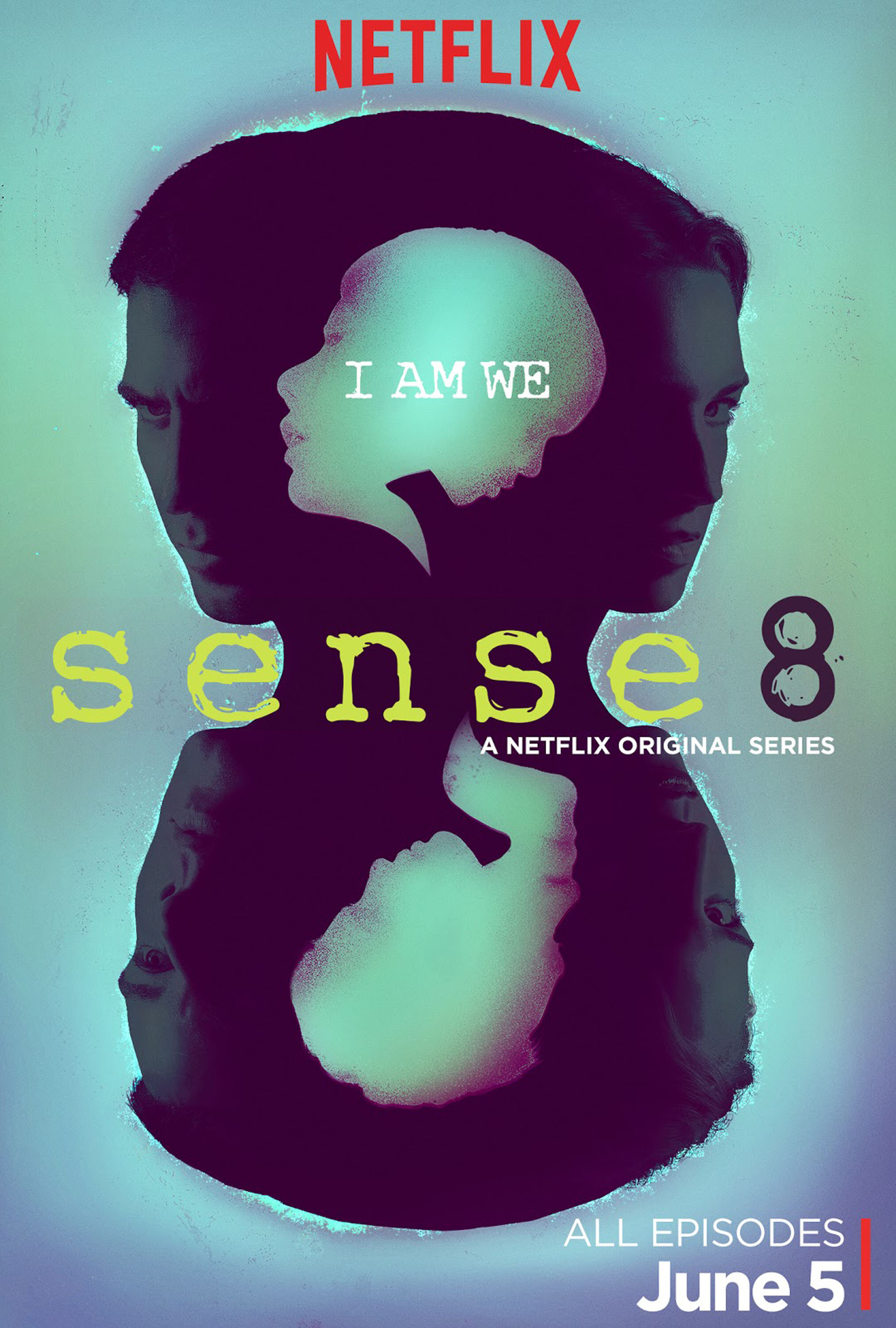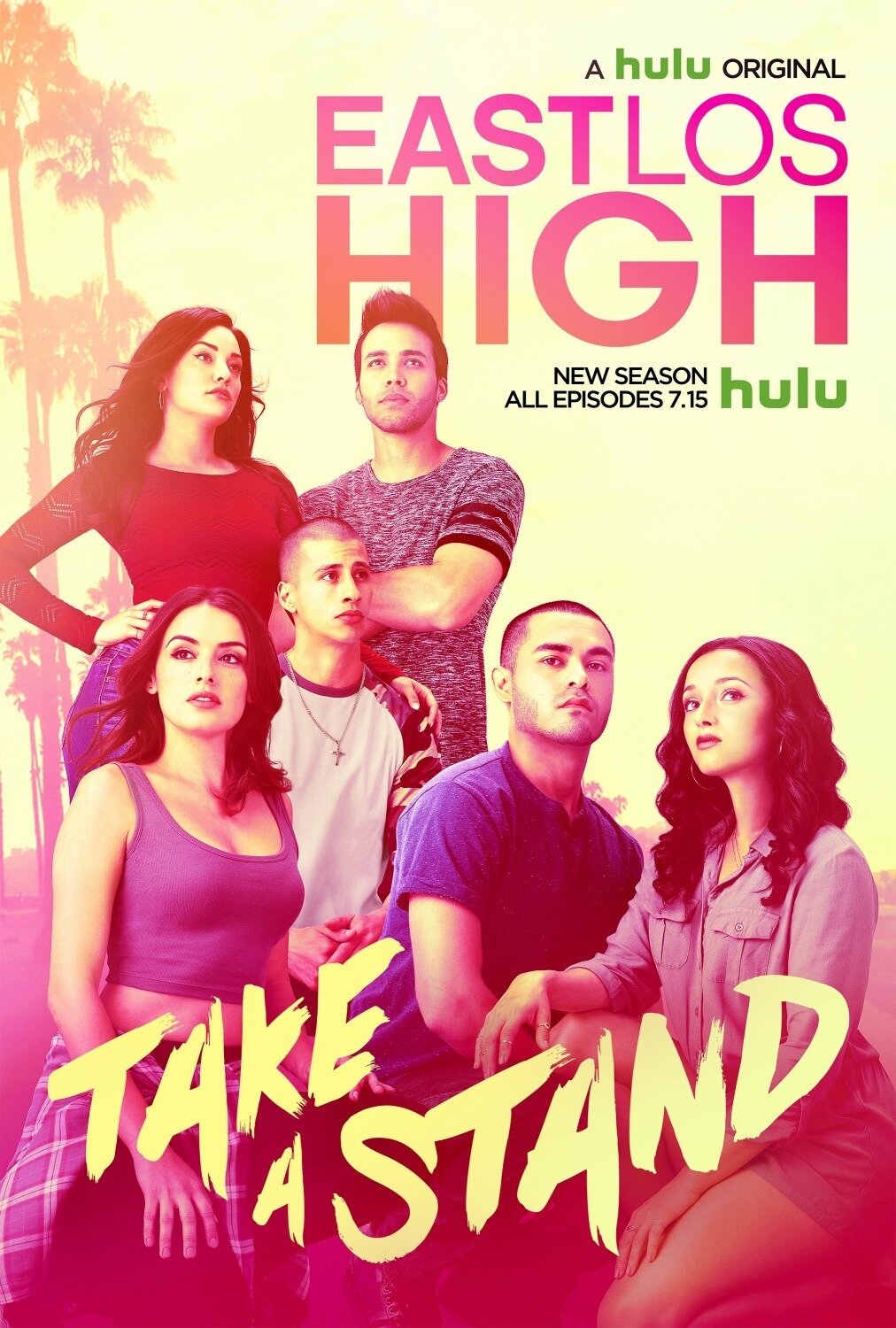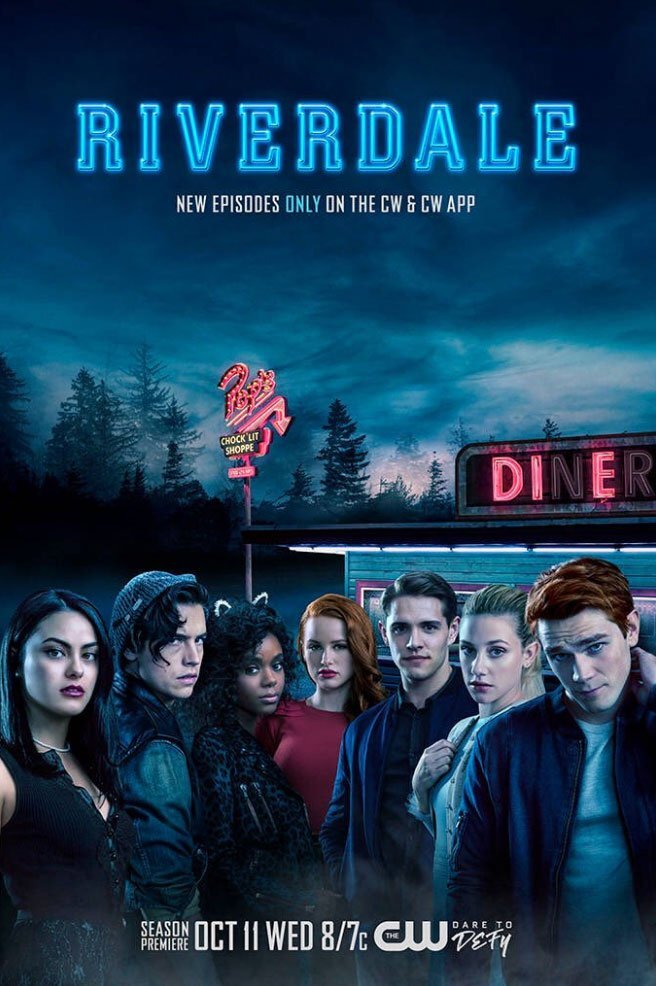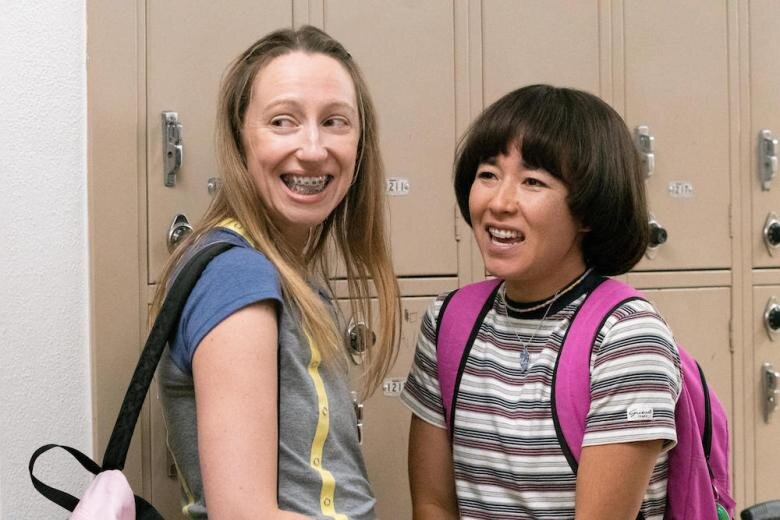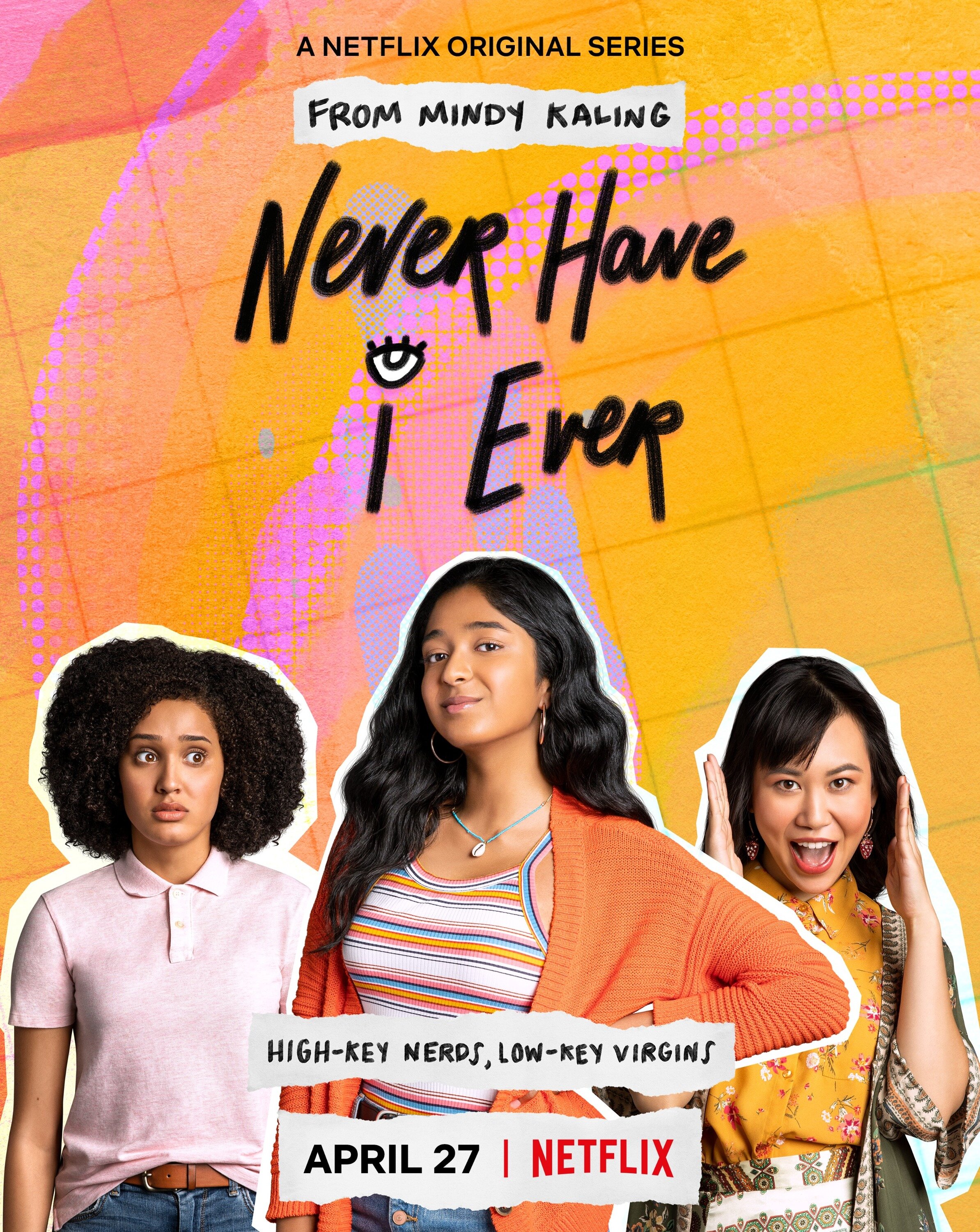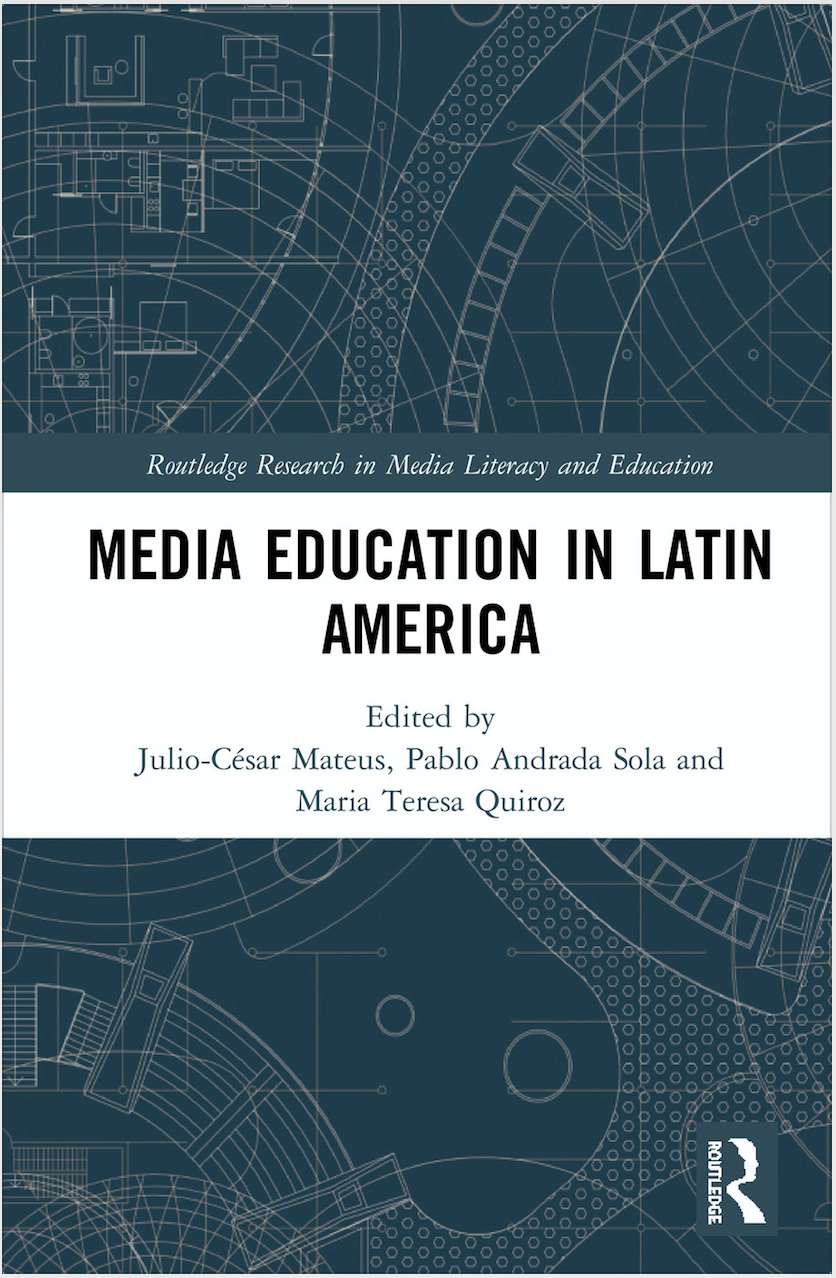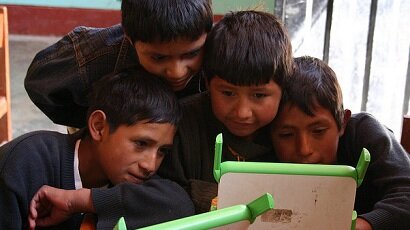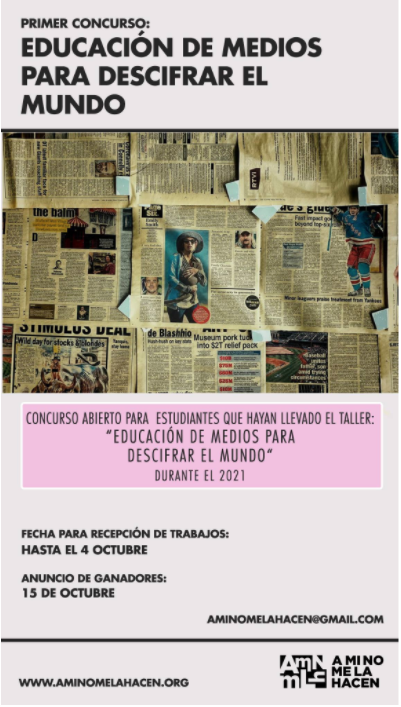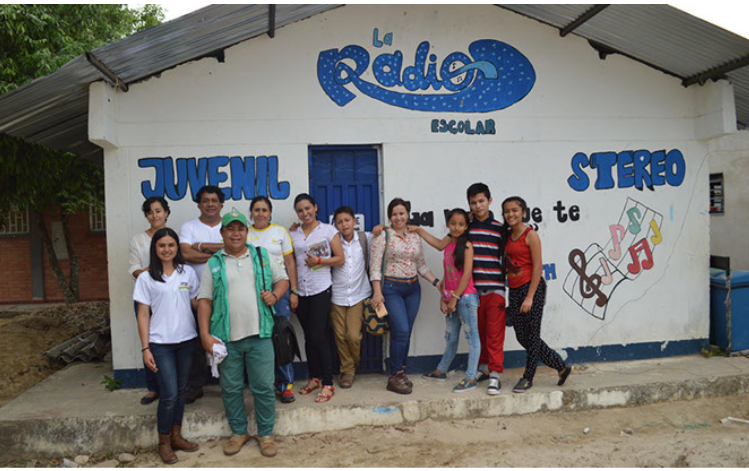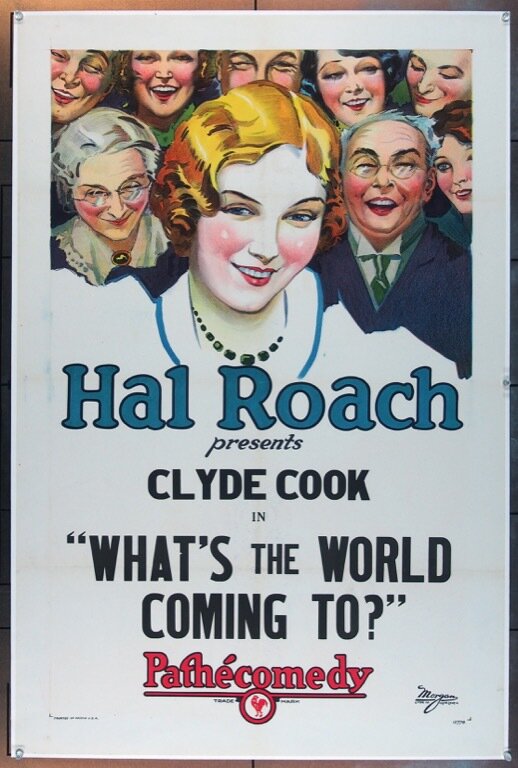Global Fandom: Şebnem Baran (Turkey)
/Politics: Where the Global and the Local Meet in Fandoms of Turkey By Şebnem Baran
The summer of 2021 offers an interesting moment to look at the state of fans and fandoms in Turkey. Publicly discussed incidents involving fans reveal clues about the increasing political and cultural divide while also demonstrating the influence of transnational media flows on the fan experience.
Media flows originating from South Korea are at the center of the popular debates about transnational influence. This past August, Turkish media platforms became inundated with news articles about three young girls who went missing. The initial coverage alleged that the girls, who were K-Pop fans, had run away from home to go to Korea. After returning to their homes, the girls denied that was the case. However, their statements didn't attract the same level of attention. The debate had already shifted towards the effects of K-drama and K-pop on Turkey's youth—a topic that journalists and academics in Turkey have recurringly explored. Soon after the girls' return, it was reported1 that Turkey's Family and Social Services Ministry was launching an investigation about the Korean content's influence, including the allegations about "the genderless lifestyle" encouraged by K-pop.
Although there is a proliferation of master's theses on Hallyu—perhaps indicating generational trends for the aca-fans—academic literature on K-pop and K-drama fans in Turkey do not always follow the mainstream framework of fan studies. While some scholars focus on audience reception from a media studies perspective, some others are more interested in the cultural impact. The latter group’s sociological interest sometimes extends to the conservative families’ anxieties about Hallyu’s influence on their kids’ religiosity.
This panic is reminiscent of the earlier public discourses on the "corruptive" effects of transnational cultural flows on the youth. These concerns were intricately related to the stereotypical risks associated with unquestioned fan devotion and loyalty. One of the memorable examples among the many reiterations in the past was the murders and suicides attributed to heavy metal music consumption in the late 1990s and early 2000s.
The doubts about foreign influence still remain intact—especially among the conservative groups. Nevertheless, there is less stigma about being a fan. Since those days, Turkey has already gone through the "mainstreaming" of fans, a process well explored by fan studies scholars in the Anglo- American world. Like in many other places, fans' increasing visibility on social media keeps underlining their role in the market as consumers in Turkey. Both content creators and critics do not hesitate to acknowledge fans' importance for the industry.
The success of Turkish drama exports in the 2000s was a turning point for this awareness. Fans had existed as devoted members of the audience along with the regular viewers before this turning point. However, in the 2000s, the devotion that was once attributed to the smaller groups gained a new meaning. First, the "Middle Eastern" fans [2] emerged as the"adoring other" while conjuring up the complex colonial tensions within the region. Then, new groups of fans from different regions, such as Latin America, entered the picture with the increasing volume of Turkish drama exports. Through transnational flows of television, global fans' visibility contributed to the solidification of the TV fandom as a publicly recognized cultural category. Again in the 2000s, the growth of the TV sector in Turkey facilitated more coverage about the domestic fandoms. Many news reports touched upon the devotion of TV fans. For example, Kurtlar Vadisi (Valley of the Wolves), a popular show of its time that later became a long-running franchise, was a frequent topic of these reports. Some fans had followed the real-life rituals of mourning after the death of one of the show's leading characters, which remained a frequently repeated example of Turkish TV fans' loyalty.
With the news coverage about the global fans as well as their Turkish counterparts' devotion, a new understanding of fandom was fully established. As a result, TV fans in Turkey gained more mainstream visibility similar to the celebrity, music and sports fans' statuses in public. This progression is comparable to the accounts discussed in the English language fan studies literature. Since gaining more mainstream visibility and acceptance, fans in Turkey sped up the entry of global fan practices and vocabulary into the public discourse by causing their favorite shows to trend on social media, warning "regular viewers" about sharing "spoilers" and publicly "shipping" characters as well as the actors portraying them.
Though the importance of transnational flows and globalization of fan practices via the Internet is undeniable, local circumstances had a big role in shaping the state of fans and fandoms in Turkey. During the ongoing political transformation of the country, fans became more visible through their activism. My own work focuses on two cases where this visibility became intertwined with political tension in the country. The fans of Behzat Ç. and Leyla ileMecnun—two TV shows with small but vocal fan followings—made a name for themselves through their activism to keep the shows on air. For example, Behzat Ç. fans immediately organized to prevent an impending cancellation when the show's slot was changed due to the low ratings. In addition to the fans' posts on online platforms, fans ofGençlerbirliği, the soccer team Behzat supports on the show, protested the show's broadcaster during a game. Leyla ile Mecnun fans similarly made it to the news by causing the show to trend on IMBD's list of highest-rated shows inresponse to a TV critic's article touching upon the low ratings.
As a detective show including storylines about political corruption, Behzat Ç. quickly claimed a more political tone embraced by the young people opposing the mainstream political divides. The politicization of the show paved the way for a lot of fines, which were usually justified by the show's depiction of alcohol use and profanity rather than commenting on the political critique. Despite the constant threat of cancellation, the show was able to survive until the end of its third season in 2013. Leyla ile Mecnun, an absurdist comedy that aired on the public broadcaster, had a more subtle engagement with politics until the cast and crew participated in the Gezi Protests in 2013. Initially starting with a group protesting the upcoming demolition of the Gezi Park in Taksim, these protests later became a movement criticizing the AKP government. Leyla ile Mecnun's cancellation after the cast and crew's participation in the protests caused a fan uproar and culminated in a political discussion in the parliament.
During the same protests, sports fan groups like Çarşı became visible, creating new possibilities for research {3] on fan politicization. This specific moment of fan visibility during a political crisis reveals how political motives can unite media and sports fans. It is also important to mention the pre-existing overlap between sports and media fandoms. After all, Leyla ile Mecnun's lead character Mecnun is a devout fan of Beşiktaş, the same soccer team supported by the fan group Çarşı. This enables a synergistic connection also seen between Behzat Ç. and Gençlerbirliği fandoms.
Although sports fandom research and my discussion of the sports fans have focused more on the soccer fans in Turkey so far, I believe Turkey's participation in the women's Olympic volleyball tournament in Tokyo has opened new possibilities for surveying the connection between local politics and fan practices. Despite the mainstream popularity of soccer, other sports like basketball and volleyball—with both men's and women's teams—had occasionally gained popular followings at the time of international tournaments. The recent politicization of the fan support for the women's volleyball team distinguished this case from the earlier examples.
In the summer of 2021, the women's volleyball team reached the quarterfinals during the Olympics. Their popularity continued as they moved to the European Championship Tournament. Two highly publicized incidents followed their initial success in the Olympics. First, a conservative figure, İhsan Şenocak, criticized4 the visibility of the players' bodies and the nickname given to them. According to Şenocak, the team's players did not deserve to be called "Filenin Sultanları" or "the Sultans of the Net," for they were not the rightful owners of the conservative imperial legacy embodied by the "Sultan" title. Şenocak's view about women's place in the public sphere was associated with the conservative agendas, hence causing strong reactions among the anti-conservative critics. As his tweet circulated, many users, including prominent political figures and celebrities, showed support for the volleyball team online.
Then, an Instagram post of Ebrar Karakurt, one of the most successful players, with her rumored girlfriend, instigated a new wave of anti-LGBTQ+ attacks. Like the previous incident, many fans and non-fans supported Ebrar Kararkurt and the team. Once again, the clash coincided with the political and cultural divides about religion's role in the public sphere. The discussions inevitably referred to the pre-existing crises regarding the conservative attacks on the LGBTQ+community. Taylan Antalyalı, a player from the soccer team Galatasaray, was similarly targeted for wearing a Pride T-shirt in June—the same month İstanbul Pride March was dispersed by the police with force. LGBTQ+ rights, like women's rights, were already elements of political polarization. Karakurt's post reignited the clash and earned more support for the team at the same time. Her successful performance following the online attacks further fueled the growing fandom's devotion both for her and for the team.
After the team qualified for the semifinals, another controversy followed. On social media, some users alleged that TRT, the public broadcaster, knowingly cut the team's chanting of İzmir Marşı, an anthem that has been embraced as a symbol of defiance against the conservative government. TRT General Manager Zahid Sobacı immediately responded on Twitter by saying TRT had no say over the live broadcast controlled by the broadcaster in Bulgaria. [5] All these controversies, along with Karakurt's viral social media posts combining humor and determination to win, contributed to the visibility of Turkey's women's national team. With popular support for the team becoming stronger, they ended the European Championship with a bronze medal.
Like the cases of Behzat Ç. and Leyla ile Mecnun, the local political specificities affected how fan activism unfolded in Turkey's women's national team. While politicization followed the fan loyalties in these earlier examples, in the case of Turkey's women's national volleyball team, the pre-existing polarization and politicization intensified the fan activism and helped the fandom grow.
This recipe for an authentic connection depends on a delicate configuration informed by the political context. For example, Behzat Ç., which returned to an online streaming platform with new episodes in 2019, failed to garner the same level of fan devotion it had six years ago. The blunt political criticism in the show was replaced with a more vagueversion avoiding direct targets. This choice cost the show its previous political relevance and the fan devotion it used togenerate. Therefore, the street art-like images of the lead character Behzat Ç. and his nemesis Ercüment, who now has his own spin-off, painted on the walls in İstanbul seem more like a marketing effort than real fan work to me. (Please see Figure-1)
Figure-1 : Behzat Ç. and Ercüment Çözer images. Photo by Şebnem Baran
Leyla ile Mecnun has similarly come back with new episodes in early September. It will be interesting to see if the show would be able to re-establish an authentic connection in a way Behzat Ç. could not in its second life.
While most of the examples I shared focus on fan activism vividly connected to the political divides in the country, it is important to acknowledge there are other fandoms, which are less preoccupied with the same political divides. I also would like to mention that North American and Western European content flows still inspire an important share of the fandoms in Turkey. A frequently Instagrammed proof is a mural in Karaköy, İstanbul depicting Tokyo, one of the main characters from Netflix's Casa de Papel/Money Heist. (Please see Figure-2).
Figure-2: A mural depicting Tokyo from Netflix's Casa de Papel/Money Heist. Photo by Şebnem Baran.
Nevertheless, I believe the global and the local are still going hand in hand in informing most Turkish fans' experiences.An image posted by a fan account on Instagram is a terrific example of this glocalization embedded. (Please see Figure-3). The caption under the image describes it as "Sailor Moon style Sultans of the Net," demonstrating the importance ofglobal images, practices, and vocabulary in shaping the responses to local specificities.
Figure-3: Screenshot of turkmillitakimleri1 account's post. Captured by Şebnem Baran. Although the original post didn't identify the artist, an attribution to Hong Kong-based illustrator Jasmine Tse's Instagram account @tsesaipei was added later.
Şebnem Baran is a Visiting Assistant Professor at Smith College's Film and Media Studies Department. She received her doctorate in Cinema and Media Studies at the University of Southern California in 2018. Baran's dissertation explores how Anglo-American quality programming standards are claiming more importance in the global television market. Her work on Behzat Ç. and Leyla ile Mecnun surveys the Turkish interpretation of quality TV and its intersection with fan activism. In addition to fan studies, her research interests include transnational television flows, quality TV, media industries, online streaming, and audience studies.
[1] https://www.hurriyetdailynews.com/ministry-to-monitor-effects-of-k-pop-on-young-turks-167460
[2] https://www.youtube.com/watch?v=wCI-AahMapU
[3] For some examples:
https://journals.sagepub.com/doi/abs/10.1177/1012690217702944
[4] https://twitter.com/ihsansenocak/status/1419296320267997187?s=20
[5] https://twitter.com/zahidsobaci/status/1433040940038565895?s=20



